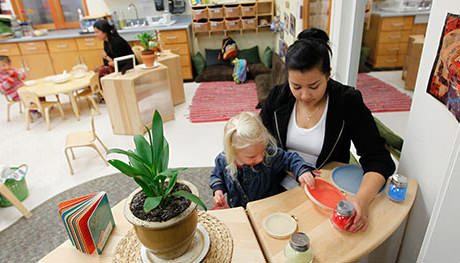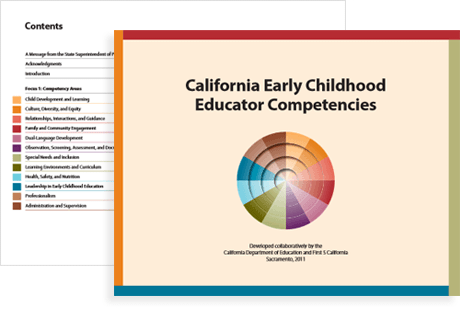The early childhood experience involves planning for a variety of environments. The physical environment may be the first one that comes to mind. But the social, intellectual, and emotional environments are equally important and critical to children's overall well being. Remember that the environment – in all of its aspects – is our partner in providing high quality early childhood programs.

Early childhood environments should not only reflect the diverse cultures, languages, and family circumstances of the children in your program, but should expose children to different people in the wider community and world. Look for ways to counter, not reinforce stereotypes as you do this.
Gather a collection of images from the web, books, magazines, and catalogs that represent a variety of people from different cultures and walks of life. With a group of colleagues, consider whether these images support or counter stereotyping, and whether or not they support positive identity development for all children. Write down your thoughts.
Choose a couple of television programs directed at children, and watch them for a two week period. Write your observations of how stereotyping is reinforced or countered. Make notes of what you think the messages are to children about roles and responsibilities.
Use this template to record your observations, thoughts, and feelings. Download the Template
Deepen your understanding of this competency by reviewing the Topic: Visual representation of diversity in Performance Area 3 in the CA ECE Competencies. Scroll to page 27.
Can you find other places in this competency area that address these questions?
